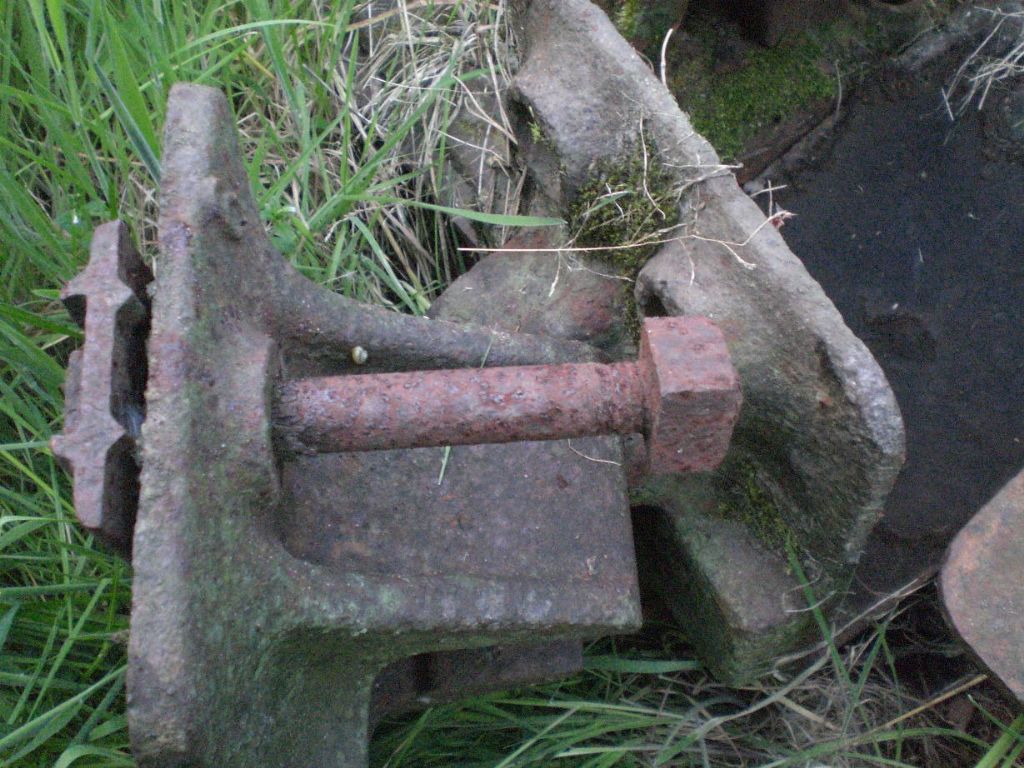Posted by Michael Gilligan on 08/06/2014 14:35:10:
Posted by Steven Vine on 08/06/2014 14:07:26:
Posted by Michael Gilligan on 08/06/2014 14:01:11
Very true Ian, for obvious engineering reasons.
What is the reason please.
Steve
.
The turned chamfer acts a bit like a washer … but if the nut is flat square down, it needs a big spot-face [at least the diagonal of the nut] if it's not going to dig into the casting.
MichaelG.
Hi Michael, I believe that being how square nuts were very often used without washers or the likes of spring, shakeproof washers ect., it helped them from working loose.
I guess a lot of British industry must have got things wrong as just about every square nut that I have ever seen has had the flat face downwards, and that includes both factory fitted and in old steel structures that I've worked on.
At the bottom of my garden there is an old dissused industrial siding from what was once a main line, where there is the remains of an old open railway wagon, the timbers have all rotted away as it has been laying there for over 40 years and there is what is left of the bolts still in the holes with flat nuts with the flat side down.

There is also an old rail shoe with the bolt and square nut with the flat side down, the sleeper long since rotted away.

In the top picture the bolts were 3/4" and the nuts were 1-3/8" across the flats and on the rail shoe the bolt is 7/8" and the nut is 1-5/16", I don't know what thread they are, but look course enough to be Whitworth.
Regards Nick.
Ian S C.







